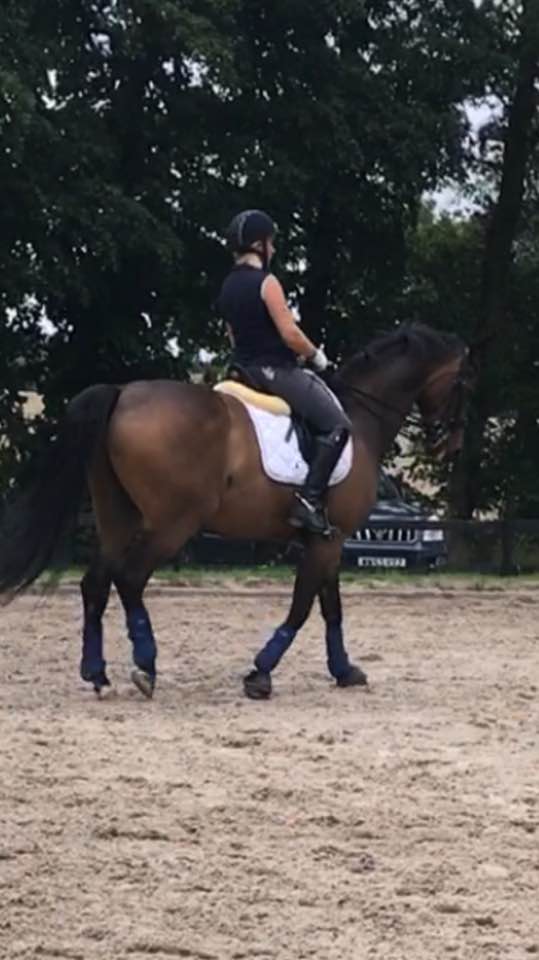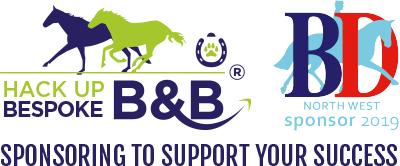

Gathering up after the free walk to medium walk
This is easy on some horses and REALLY tricky on others.
This is easy on some horses and REALLY tricky on others. ‘Laid back’ types accept the gathering up of the reins and willingly and smoothly shorten the frame, raising and rounding the front end, without tightening over the back. They calmly and loosely shift more weight onto the back end and march forward without anticipating trot or canter.
Horses that can do this should be allowed to go ‘all out’ in their free walk beforehand increasing the chance of top marks.
Horses that can do this are RARE and usually bred for dressage and have a calm temperament, ideal for working on the flat, not jumping.
What we don’t want to see..
- Jogging / anticipating
- Hollowing / resisting
- Loss of rhythm
- Swinging quarters
- Tightening over the back
Tips…
- If your horse is prone to tension then practice free walk, then gather reins to medium walk, then either halt or go back to free walk again. This will help him not to anticipate and tighten over the back.
- If riding a tense type, then do not go out for an ‘all out’ free walk, instead keep a little rounder and more connected and although the quality of the free walk will be lessened you reduce the scale of the potential problem of jogging / breaking at the other end.
- We really don’t want to see a change in rhythm or breaking and us judges are always willing you folks to keep the walk as we feel your tension and I certainly breathe a sigh of relief when you achieve it. A break of walk ‘has to be’ penalized and is insufficient so (4-4.5) at best. So even if you do not gather the reins early enough and you trot a little early, but do not break in between, then your mark is likely to be higher than if you broke.
- When gathering the reins on a horse that’s prone to anticipation then it’s advisable that you learn to creep up the reins with each hand as seamlessly and quickly as possible in your training, without him noticing (not easy to do). If you find this difficult then practice the standard ‘hold both reins in one hand and shorten with the other, then swap round so shortening both’ technique and see if you can do this more seamlessly. Choose the method you’re most effective at doing..
- So, breathe deeply, in through nose, out through mouth to drop centre of gravity, use soft eyes, move your core and seat passively with the horse, and half halt regularly through the free walk to ensure a relaxed yet responsive connection albeit in a longer frame.
- The ears are so very helpful to you in this movement. You have 3 key aids, seat, leg and hand. Use these in a way that keeps him soft and the ears ‘in the middle’. If his ears are pricked then increase connection gently and make him concentrate more. If ears are flat back be as passive as you can as something is clearly wrong!













